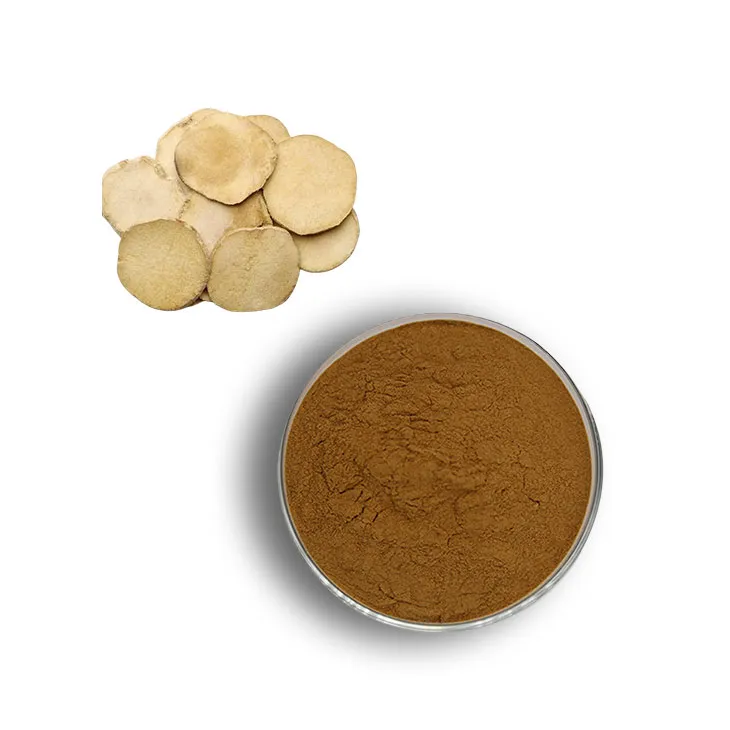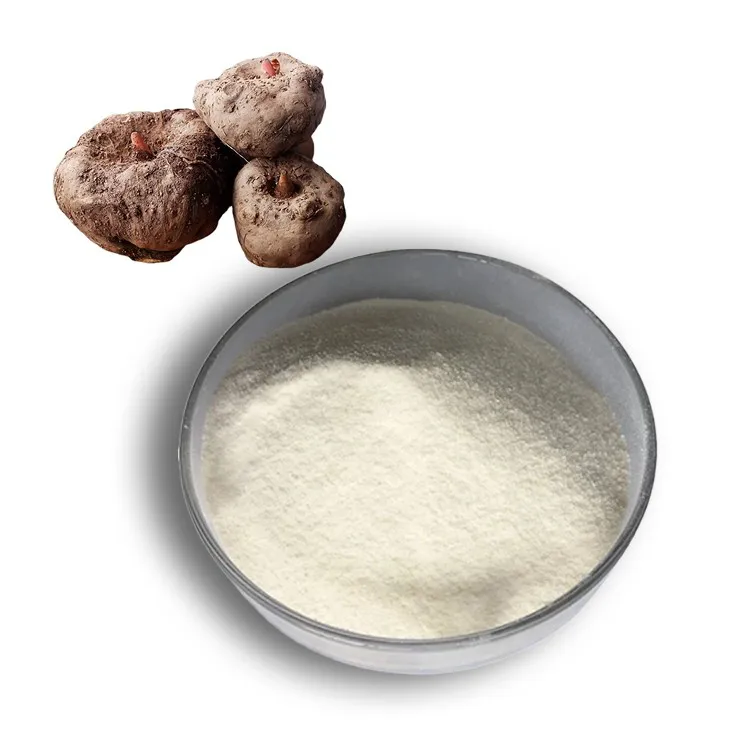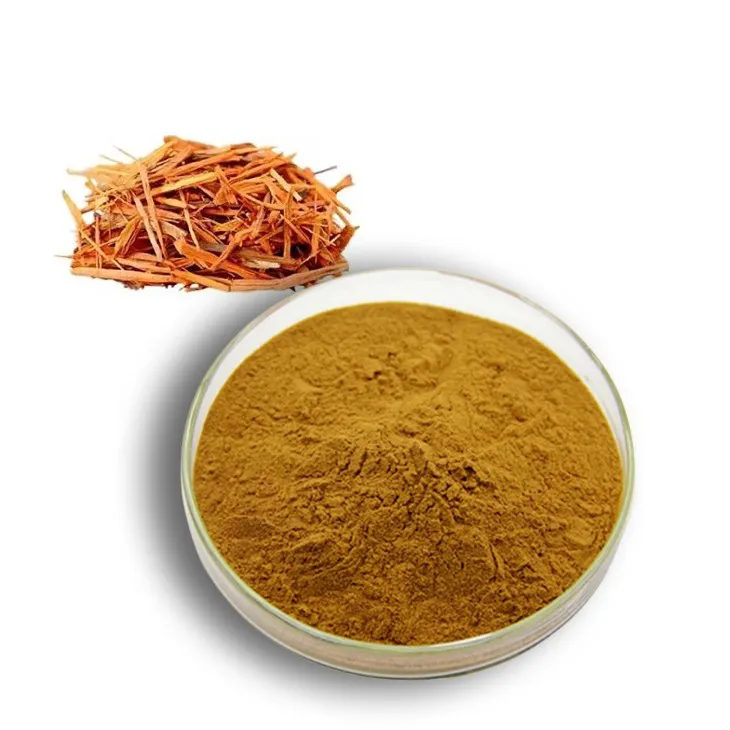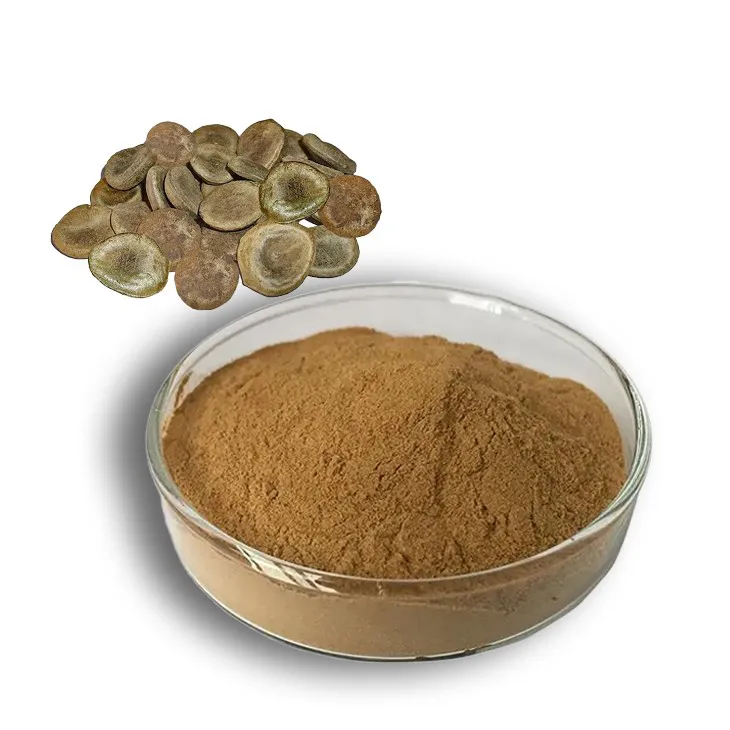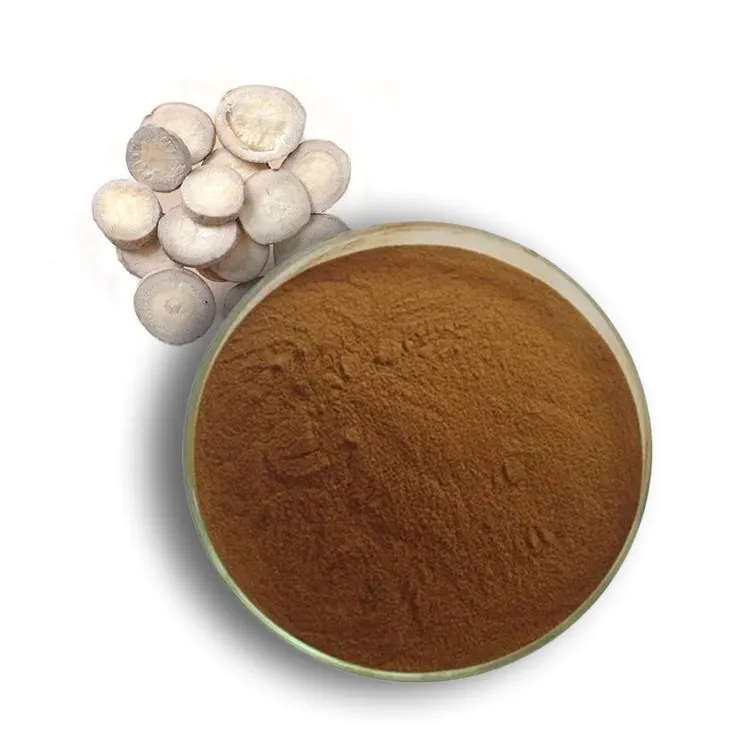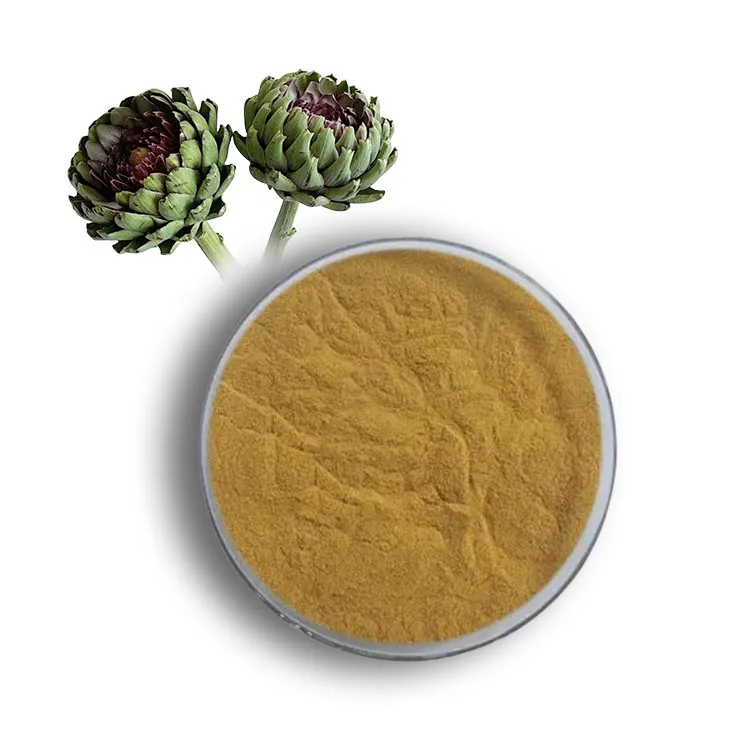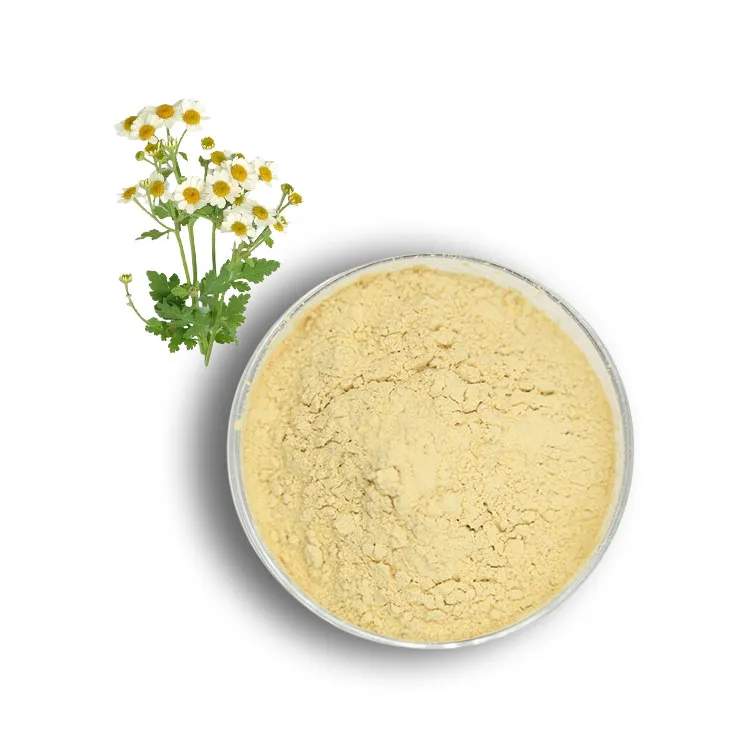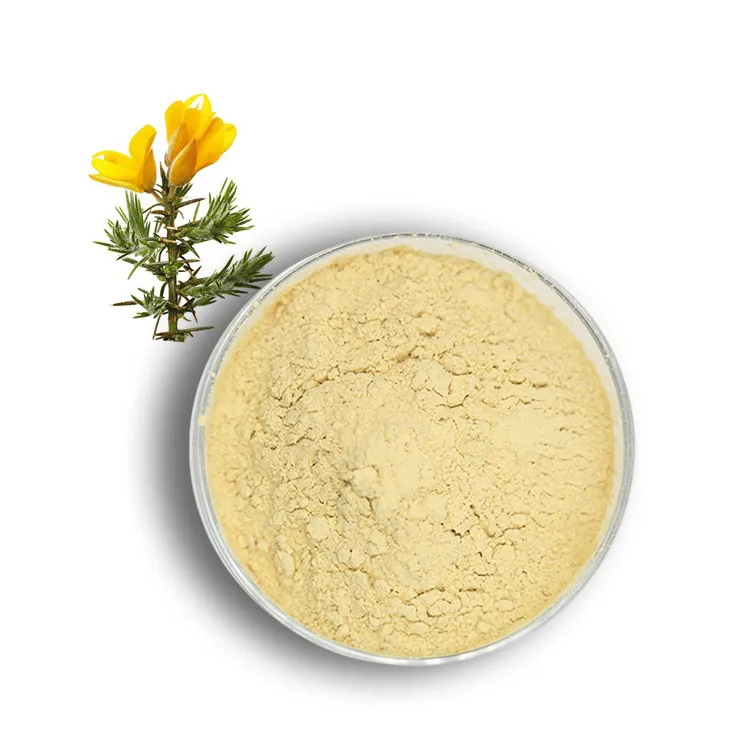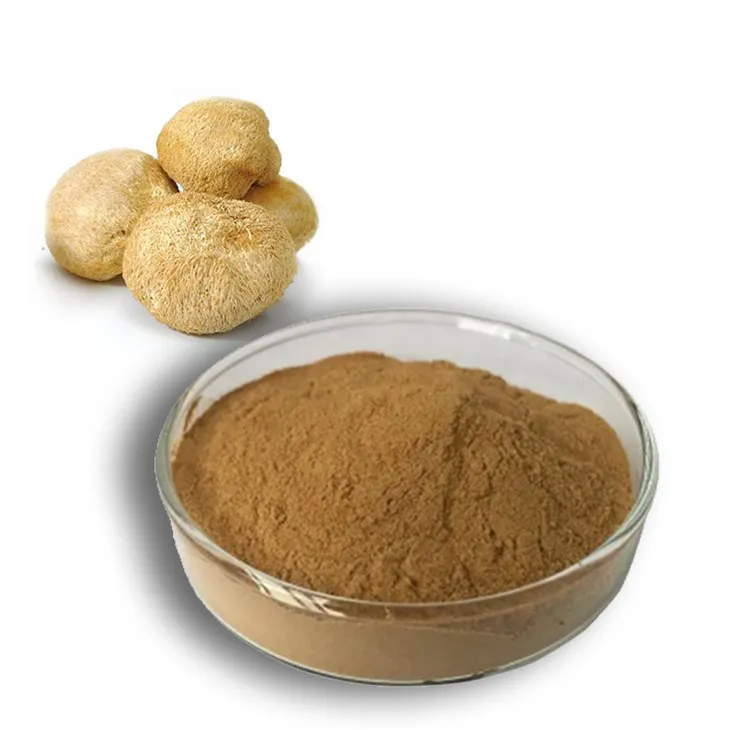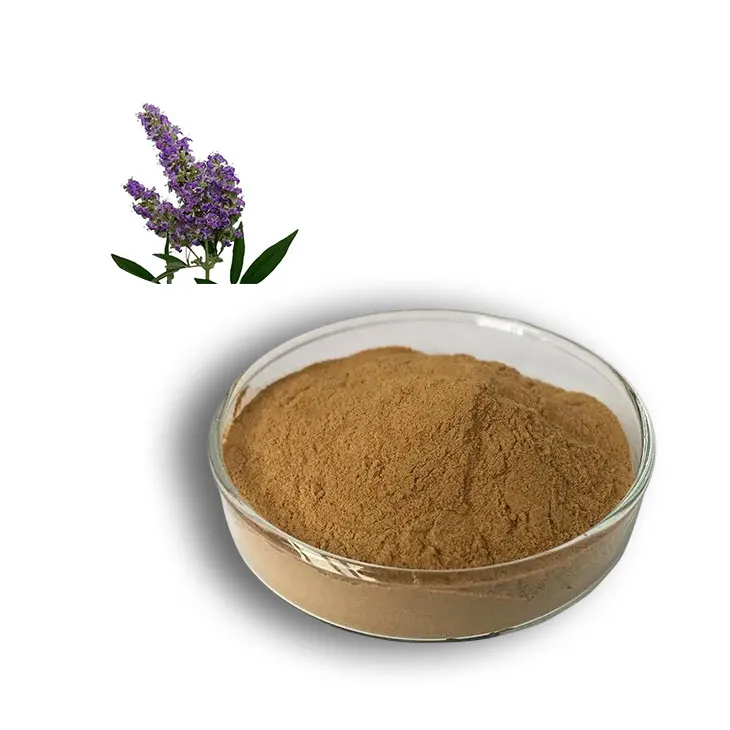- 0086-571-85302990
- sales@greenskybio.com
Photodynamic Therapy: The Most Common Form Used in Dermatology
2025-08-14
Photodynamic therapy, commonly known as PDT, is a cutting-edge treatment in the field of dermatology that combines the use of a photosensitizing agent with a specific light source to target and destroy abnormal skin cells. This non-invasive procedure has gained significant attention for its capability to treat various skin conditions effectively while minimizing damage to surrounding healthy tissue. As the landscape of dermatology continues to evolve, PDT has emerged as a promising tool in the treatment of conditions like actinic keratosis, basal cell carcinoma, and acne. In this comprehensive article, we will explore the mechanisms, benefits, and most commonly used forms of PDT in modern dermatological practice.
Understanding Photodynamic Therapy
Photodynamic therapy works through a multi-step process that harnesses the properties of light-sensitive compounds called photosensitizers, which, when exposed to a specific wavelength of light, become activated. This activation triggers a series of reactions leading to the generation of reactive oxygen species (ROS). These ROS play a crucial role in damaging targeted cells, ultimately leading to their destruction through apoptosis or necrosis.
PDT can selectively target abnormal or cancerous cells while preserving the surrounding healthy tissues. This precision is particularly advantageous for treating dermatological conditions where aesthetics and minimizing scarring are important considerations. As a result, PDT has become a valuable option for treating various skin conditions, including certain types of non-melanoma skin cancers and precancerous lesions.
Photodynamic Therapy for Actinic Keratosis
One of the most common dermatological applications of photodynamic therapy is the treatment of actinic keratosis (AK). AK is characterized by rough, scaly patches that develop on sun-exposed skin, particularly in fair-skinned individuals. These lesions often appear on areas like the face, scalp, ears, and hands. If left untreated, AK has the potential to progress into squamous cell carcinoma (SCC), making early intervention and management crucial.
Topical photosensitizing agents, such as 5-Aminolevulinic acid (ALA) and methyl aminolevulinate (MAL), are commonly used in PDT for AK. These agents are applied to the affected areas and allowed to be absorbed for a specific incubation period, typically ranging from 60 to 180 minutes. Following incubation, the target area is irradiated with a specific wavelength of light, activating the photosensitizer and leading to a photochemical reaction that destroys the abnormal cells.
PDT has shown excellent efficacy in the treatment of AK, offering significant improvements in lesion clearance rates. Not only does PDT address visible AK lesions, but it also targets subclinical lesions, potentially reducing the risk of progression to squamous cell carcinoma (SCC) and offering a cosmetic advantage over surgical interventions. The ability to clear larger field areas with minimal scarring and improved skin texture makes PDT a preferred choice for many patients.
Photodynamic Therapy for Non-Melanoma Skin Cancers
Aside from actinic keratosis, photodynamic therapy is widely used as a non-invasive treatment option for certain types of non-melanoma skin cancers, particularly superficial basal cell carcinoma (BCC) and Bowen's disease. Basal cell carcinoma is the most common form of skin cancer, often appearing in sun-exposed areas like the face, neck, and hands. It leads to potential aesthetic and functional concerns if not managed appropriately.
Methyl aminolevulinate (MAL)-PDT has emerged as an effective treatment modality for superficial BCC. The protocol typically involves the topical application of MAL cream, followed by exposure to a red light source. This combination effectively targets and destroys cancerous cells while preserving the surrounding healthy tissue and providing excellent cosmetic outcomes. As a non-invasive alternative to surgical excision, PDT is particularly advantageous in cosmetically sensitive regions, offering a less invasive option for managing BCC.
Bowen’s disease, also known as squamous cell carcinoma in situ, presents as erythematous, scaly plaques on the skin. Like superficial BCC, PDT is a favorable option for treating Bowen’s disease, as it minimizes scarring and can be performed on sensitive areas, such as the face and neck, where traditional surgical techniques might be more challenging.
Photodynamic Therapy in Acne Management
Beyond its applications in treating precancerous and cancerous skin lesions, photodynamic therapy has shown great potential in managing acne, particularly moderate-to-severe inflammatory acne that is resistant to standard treatments like oral antibiotics or isotretinoin.
In PDT for acne, a topical photosensitizer that targets porphyrins—naturally occurring compounds produced by acne-causing bacteria, Propionibacterium acnes—is applied to the skin. Blue light is then used to activate these porphyrins, generating reactive oxygen species that attack the bacteria and reduce inflammation. Consequently, this process helps decrease sebum production, which further benefits individuals with acne-prone skin.
PDT for acne offers several advantages, including a reduction in inflammatory lesions and improved skin texture, particularly for patients with persistent acne vulgaris. The sessions are generally well-tolerated, with minimal side effects such as temporary redness and peeling. While PDT may not completely replace traditional acne treatments, it serves as an effective adjunct in comprehensive acne management.
New Developments and Future Directions in Photonamic Therapy
As PDT gains recognition in dermatology, ongoing research and technological advancements aim to further optimize its application and expand its indications. Innovations in photosensitizer formulations, light delivery systems, and treatment protocols are actively being explored.
The development of nanocarriers and liposomal formulations is improving the selectivity and uptake of photosensitizers in target tissues. Nanoparticles can enhance the delivery of photosensitizers, leading to improved photoactivation and increased therapeutic efficacy. These advances hold promise for enhancing the precision and effectiveness of PDT while minimizing side effects.
Furthermore, there is growing interest in combining PDT with other treatment modalities to achieve synergistic effects. Combinations with other topical therapies, systemic treatments, or emerging agents such as immune-modulating drugs may lead to novel approaches in managing complex dermatological conditions like acne, psoriasis, and some skin cancers.
Additionally, researchers are investigating the potential of PDT in cosmetic dermatology, particularly for skin rejuvenation and photorejuvenation purposes. The non-invasive nature of PDT, coupled with its ability to improve skin texture, fine lines, and pigmentation irregularities, positions it as an attractive alternative or adjunct to traditional cosmetic procedures.
Conclusion: Photodynamic Therapy as a Cornerstone of Modern Dermatology
Photodynamic therapy has firmly established itself as a valuable tool in modern dermatology, offering effective and non-invasive solutions for a range of skin conditions. From treating precancerous lesions like actinic keratosis to managing superficial basal cell carcinoma and resistant acne, PDT continues to demonstrate its effectiveness with minimal adverse effects and favorable cosmetic outcomes.
Ongoing research and technological advancements brightened the horizon for PDT, promising to unlock new applications and enhance treatment efficacy even further. As more clinicians embrace its potential, the future of photodynamic therapy in dermatology holds the promise of transforming the approach to managing skin conditions, prioritizing patient-centric care and improving overall outcomes.
In an era where personalized medicine gains momentum, photodynamic therapy exemplifies the broader shift towards treatments that target diseases at the cellular level. As the body of evidence supporting PDT's efficacy continues to expand, dermatologists can look forward to even more precise, effective, and patient-friendly solutions, ultimately reshaping the landscape of modern dermatological practice.
- ▶ Hesperidin
- ▶ Citrus Bioflavonoids
- ▶ Plant Extract
- ▶ lycopene
- ▶ Diosmin
- ▶ Grape seed extract
- ▶ Sea buckthorn Juice Powder
- ▶ Fruit Juice Powder
- ▶ Hops Extract
- ▶ Artichoke Extract
- ▶ Mushroom extract
- ▶ Astaxanthin
- ▶ Green Tea Extract
- ▶ Curcumin
- ▶ Horse Chestnut Extract
- ▶ Other Product
- ▶ Boswellia Serrata Extract
- ▶ Resveratrol
- ▶ Marigold Extract
- ▶ Grape Leaf Extract
- ▶ New Product
- ▶ Aminolevulinic acid
- ▶ Cranberry Extract
- ▶ Red Yeast Rice
- ▶ Red Wine Extract
-
Alisma Extract
2025-08-14
-
Konjac Powder
2025-08-14
-
Yellow Pine Extract
2025-08-14
-
Kupilu Extract
2025-08-14
-
White Peony Extract
2025-08-14
-
Artichoke Leaf Extract
2025-08-14
-
Feverfew Extract
2025-08-14
-
Genistein
2025-08-14
-
Hericium erinaceus extract powder
2025-08-14
-
Chasteberry Extract
2025-08-14











